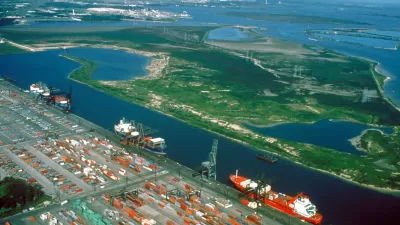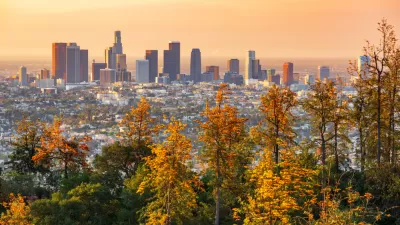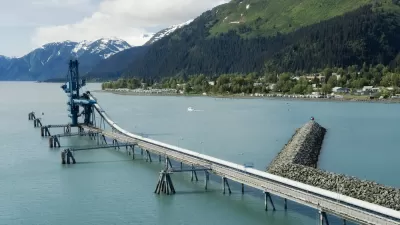The Forest Service says storing carbon dioxide under national forest lands is essential to reducing greenhouse gas emissions and meeting climate goals.

The U.S. Department of Agriculture’s Forest Service wants to open national forest lands to permanent carbon dioxide storage, alarming environmentalists and advocates who say the project would pose significant health risks to surrounding communities and the environment.
As Pam Radtke explains in an article for Floodlight, republished in Grist, the Forest Service says “storage can be managed safely, and such regulatory changes are needed to meet the nation’s climate goals.” However, carbon dioxide pipelines have ruptured in the past, hospitalizing 49 people in one incident in Mississippi in 2020. “Concentrations of the gas, which is odorless and heavier than oxygen, can also prevent combustion engines from operating. [Victoria] Bodan Tejeda, of the Center for Biological Diversity, worries that people even a mile or two from a carbon dioxide leak could start suffocating and have no way to escape.”
Permanent storage would also go against decades of Forest Service policy, which typically only permits temporary use of forest lands. “Drilling rigs and heavy equipment would be brought into forests to evaluate whether the spaces under the forests were suitable for carbon storage. Trees would have to come down to make way for that equipment, and many more trees would likely be felled to make way for the pipelines.”
According to the Forest Service, “the Nov. 3 proposal would allow it to evaluate such permanent storage requests; it is not currently considering any specific proposals to store carbon under its lands.”
FULL STORY: Plan to stash planet-heating carbon dioxide under U.S. national forests alarms critics

Alabama: Trump Terminates Settlements for Black Communities Harmed By Raw Sewage
Trump deemed the landmark civil rights agreement “illegal DEI and environmental justice policy.”

Planetizen Federal Action Tracker
A weekly monitor of how Trump’s orders and actions are impacting planners and planning in America.

The 120 Year Old Tiny Home Villages That Sheltered San Francisco’s Earthquake Refugees
More than a century ago, San Francisco mobilized to house thousands of residents displaced by the 1906 earthquake. Could their strategy offer a model for the present?

BLM To Rescind Public Lands Rule
The change will downgrade conservation, once again putting federal land at risk for mining and other extractive uses.

Indy Neighborhood Group Builds Temporary Multi-Use Path
Community members, aided in part by funding from the city, repurposed a vehicle lane to create a protected bike and pedestrian path for the summer season.

Congestion Pricing Drops Holland Tunnel Delays by 65 Percent
New York City’s contentious tolling program has yielded improved traffic and roughly $100 million in revenue for the MTA.
Urban Design for Planners 1: Software Tools
This six-course series explores essential urban design concepts using open source software and equips planners with the tools they need to participate fully in the urban design process.
Planning for Universal Design
Learn the tools for implementing Universal Design in planning regulations.
Clanton & Associates, Inc.
Jessamine County Fiscal Court
Institute for Housing and Urban Development Studies (IHS)
City of Grandview
Harvard GSD Executive Education
Toledo-Lucas County Plan Commissions
Salt Lake City
NYU Wagner Graduate School of Public Service





























